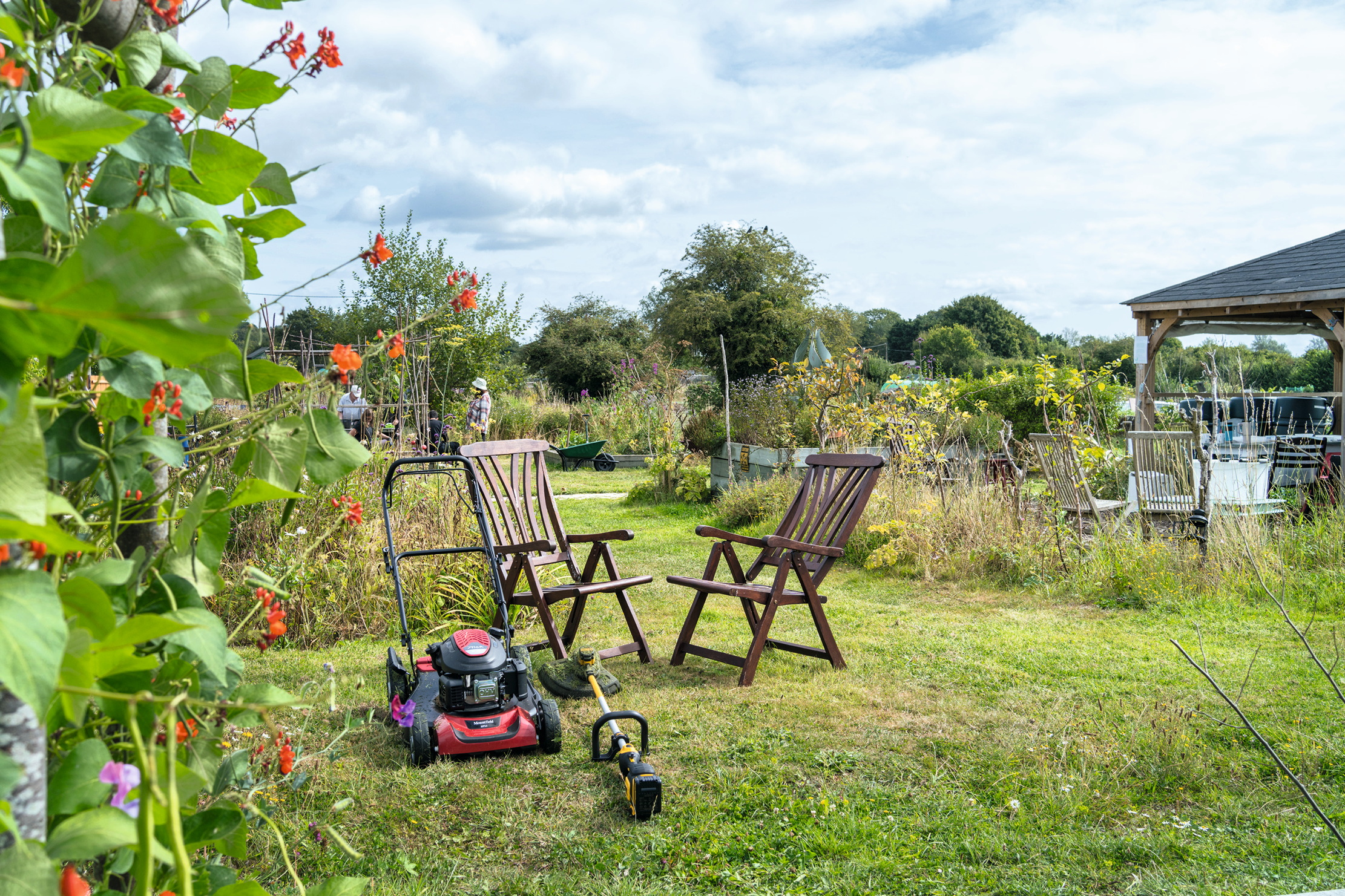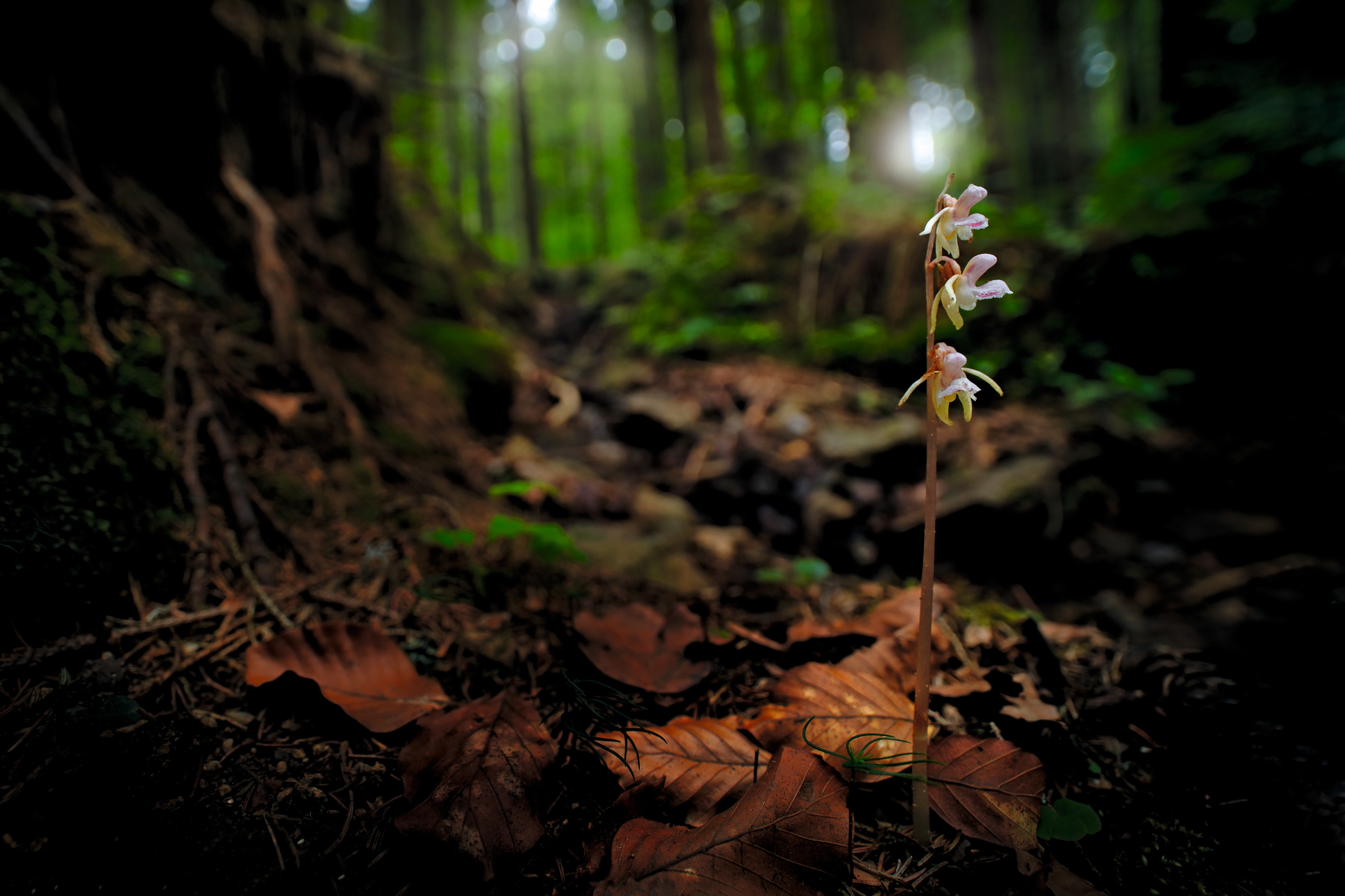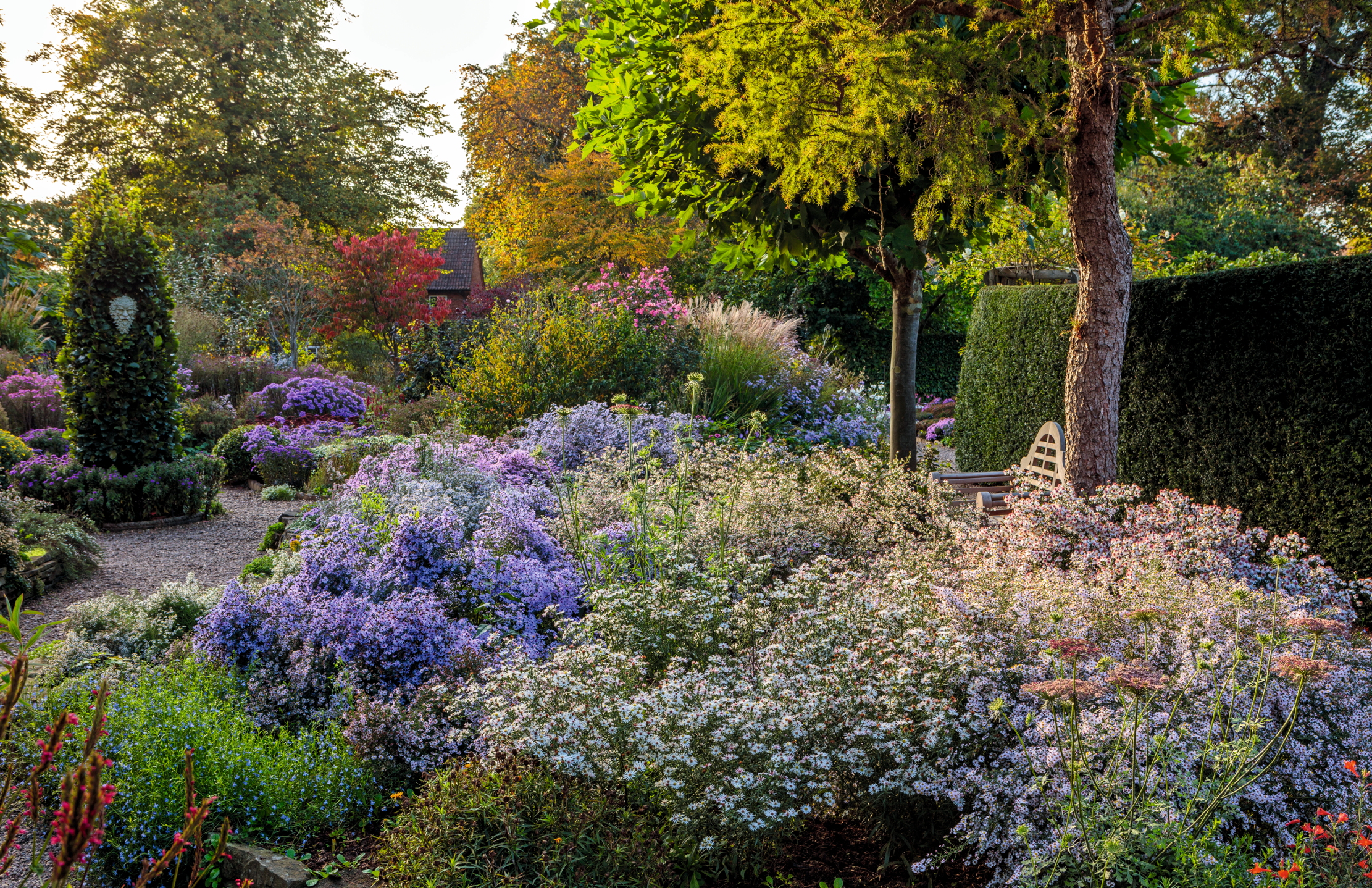Growing together: Why the community garden is more than just plants and green space
The NGS has begun investing in community garden schemes. The results are more than anyone could have expected and showcase the best of Britain.

As Country Life readers will know, for many decades the National Garden Scheme (NGS) has organised and supported people to open their private gardens to visitors, providing enjoyment and gentle education (not to mention tea and cake), at the same time as raising impressive amounts of money. Most of this is given to nursing and health charities: in 2023, a total of £3.5 million was donated.
Recently, however, the NGS has started giving out grants to community gardens up and down the country. The sums are not huge, but the grants, which range from £1,000–£5,000, make a real difference to these small-scale locally run gardens where most people have probably never heard of the NGS or its Yellow Book, let alone engaged with it — or, indeed, with mainstream British gardening traditions.
There is such a strong national tradition of gardening in this country that it is easy to overlook the fact that, in multi cultural 21st-century Britain, there are scores of different ethnic groups who have all brought their own gardening traditions here. Many have discovered that one of the most rewarding ways to practise those traditions is in a community garden, where everyone can come together to enjoy the gardening specialities of their particular heritage.
'In many cultures, gardening is closely related to cooking and eating, a fusion around which important social norms have built up over centuries'
In many cultures, gardening is closely related to cooking and eating, a fusion around which important social norms have built up over centuries. A wide variety of such gardens supported by the NGS in recent years has included the Pakistan Association Liverpool Wellbeing Garden and the Rotherham Wah Hong Chinese Association.
Organised on a very local basis and reliant on volunteers, community gardens engage a wide range of people, often living with long-term mental or physical health challenges. Many gardens have been set up in densely populated and deprived urban areas. They are initially inspired by the local desire to do something with a piece of land that has become a derelict eyesore.
Most often, this is a plot in an awkward site owned by the local council, which is unable to do anything with it. In places with very little publicly accessible green space and where private gardens are a rare luxury, a community garden can become a treasured asset. It will not only be a leisure asset, either: many community gardens are set up specifically to grow fresh produce for local food banks.
A few years ago, I visited a project in a suburb of Birmingham where the garden had been created on a triangle of land wedged between a railway embankment and one of the area’s more notorious estates. When the early team started work on the garden, they would regularly return to find their work had been trashed by youngsters from the neighbouring housing estate. Undeterred, the leader of the project went to the estate, explained what they were doing and invited the youngsters to join them. Over a period of months, a few tentative steps led to regular, enthusiastic engagement, of which a highlight was building a greenhouse.
Exquisite houses, the beauty of Nature, and how to get the most from your life, straight to your inbox.
Heading home from the garden one day, one of the volunteers spotted a large quantity of corrugated clear plastic sheets piled up in a skip. Perfect for a greenhouse… After a few enquiries, the sheets were donated to the garden and the youngsters were given the job of designing and building their own greenhouse. It might not be something that Alitex or Hartley Botanic would sell, but, when I visited, a teenage girl said to me ‘come and look at our greenhouse’, where she proudly showed me her trays of seedlings and tiny tomato plants.
In 10 years, the NGS has funded more than 400 community-garden projects and grants in 2025 will take the total funds to more than £1 million. Thousands of people — many of whom do not have their own garden or any access to green space — have benefitted and lots of them have enthusiastically given feedback of which these are two typical examples: ‘It feels as if I am doing something for the community, as well as it being beneficial for myself’ and ‘I had a sense of being in a very safe and nourishing space. It was like a sanctuary in which to explore myself and my connection with the world more’.
The words are evidence of the community cohesion, the gentle socialising and, of course, the horticultural activity and productivity that these special features of modern Britain offer.
George Plumptre is the CEO of the NGS

Ghost hunters: the search for Britain's rarest flowers
Climbing, swimming and crawling, rare-plant hunters know no bounds when it comes to tracking down the botanical equivalent of the

Asters: what they are, which ones to try and how to grow them
These late blooming plants 'promise future spring', making them essential for any garden.